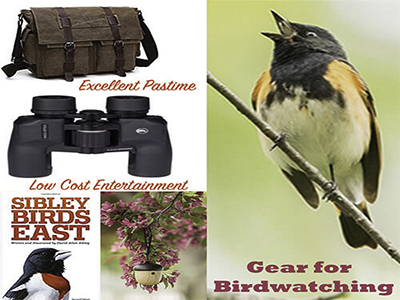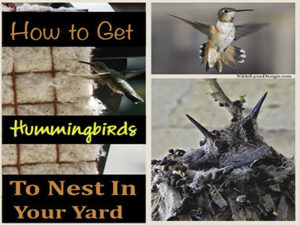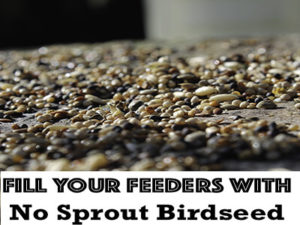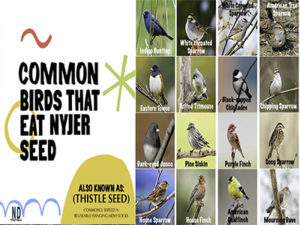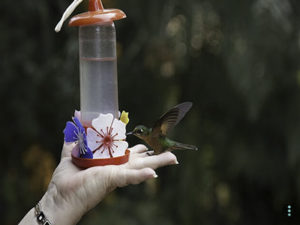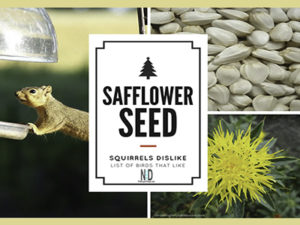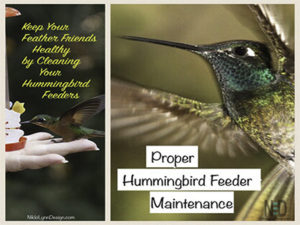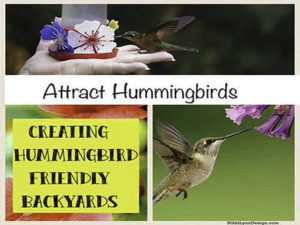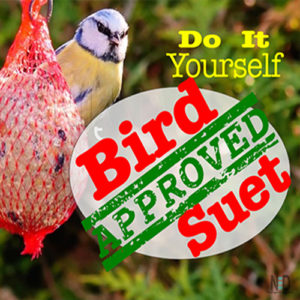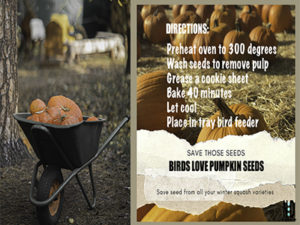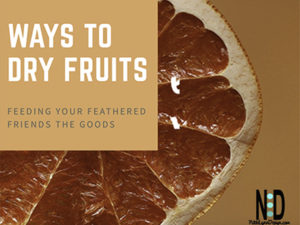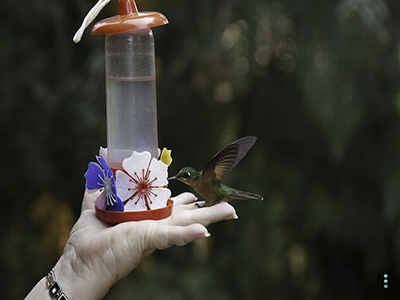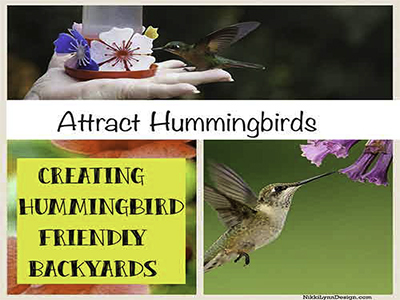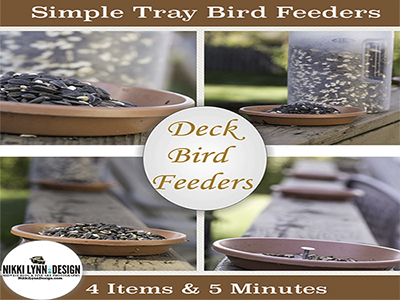Gear for Birdwatching
Gear for birdwatching – Glorious days are here. I started a serious fetish with tracking down and photographing each of the warblers that are said to visit Wisconsin. I live in Green Bay and our area receives its fair share of the feathered friends.
Oh, and yes; I have a passion for all things wild and nature. Birds, blooms, landscapes – everything! Many of the pics here come from my photography adventures just in case I haven’t made this perfectly clear 😉
This year, instead of passing all the birders with binoculars in hand, I have been stopping and chatting with them. Asking them more about their passion for bird watching. Two gentlemen, in particular, were extremely interesting to speak with. On the camera side of things we have our gadgets and gizmos and on the birding side, they have their own gear for birdwatching.

I learned a few tips and tricks to spot warblers from my fellow bird watching friends which will help me on my photography exploration.

Why Bird Watching?
People bird watch for many reasons. For some, it is a passion and they enjoy welcoming the birds back for another season. Others, use birding as an excuse to get out and get some exercise. It doesn’t matter what your reason for birdwatching is…. I am just happy you find some enjoyment in it like I do.

Suggested Tools For Birding
1.) A Good Set of Binoculars (Not optional)
Suggested Options on What to Look for When Purchasing a Set of Binoculars:
- Instafocus System for fast focus on moving targets is helpful
- Waterproof and fogproof are helpful
Non-slip rubber grip pads for secure grip in all weather conditions - Don’t get the 10X magnification go for a lower power. More isn’t better in this case according to many. It is to difficult to keep the birds in view.
- Instafocus System for fast focus on moving targets is helpful
- Get a pair that are slim, lightweight and comfortable.Four birders said that the Polaris Optics WideViews
were the best on the market. Maybe they are. Maybe, they are not. I do not own them, so I can’t speak about the quality. Just thought it was a good mention.
2.) A Playback Device with Bird Sounds (Optional)
After talking to one retired gentleman I bought what I call “the nut” it has proven to be useful. The nut is a wireless speaker that can be attached to my wrist or to a zipper pull. I use my iPhone to download bird calls and then play them through the speaker. You can hold the device to your ear for call recognition or use it to call the bird in for a closer look. The speaker projects the sound further than iPhone speakers. I purchase it here: Mini Wireless Bluetooth Nut Speaker with Sling for iPhone iPad Android and More

Before someone goes off and says it disturbs the bird’s natural cycle – save your time typing. My mind goes to duck calls and deer calls. I have researched bird calls and found no indication that it hurts the birds. I am not stating to sit and play it over and over OR am I stating to use it even daily – but a call once in awhile will not hurt for a certain bird.

Just check the area in which you are in before using it. Some places state you can use calls and some say you can’t. But, to me, the birders that are making the pishing sounds with their mouths luring warblers in are doing much the same thing.
When on public property we go by their rules and on private property, it doesn’t matter. It is a judgment call.
3.) Messenger Bag (Optional)
As a photographer I love messenger bags. Apparently, birders love them too. Great for any gender to carry all of your gear and water bottles.
4.) Field Guide to Birds (IMO Not Optional)
Additional Posts
 |
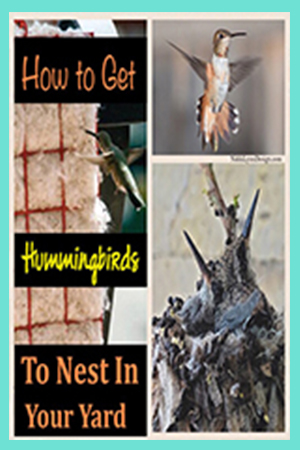 |
 |
 |
 |
 |
 |
 |
 |
 |
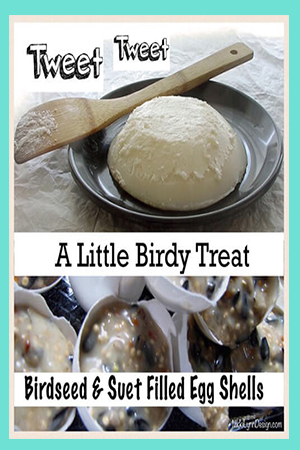 |
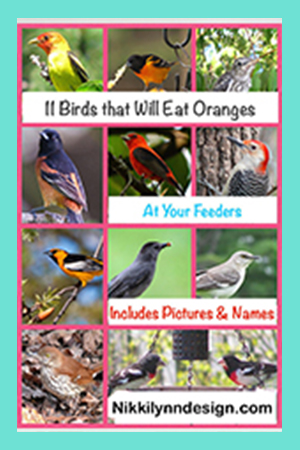 |
 |
 |
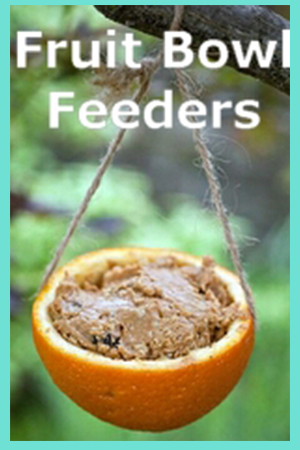 |
 |
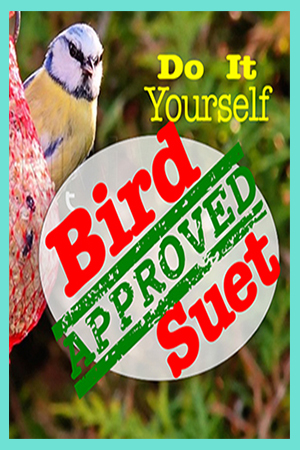 |
